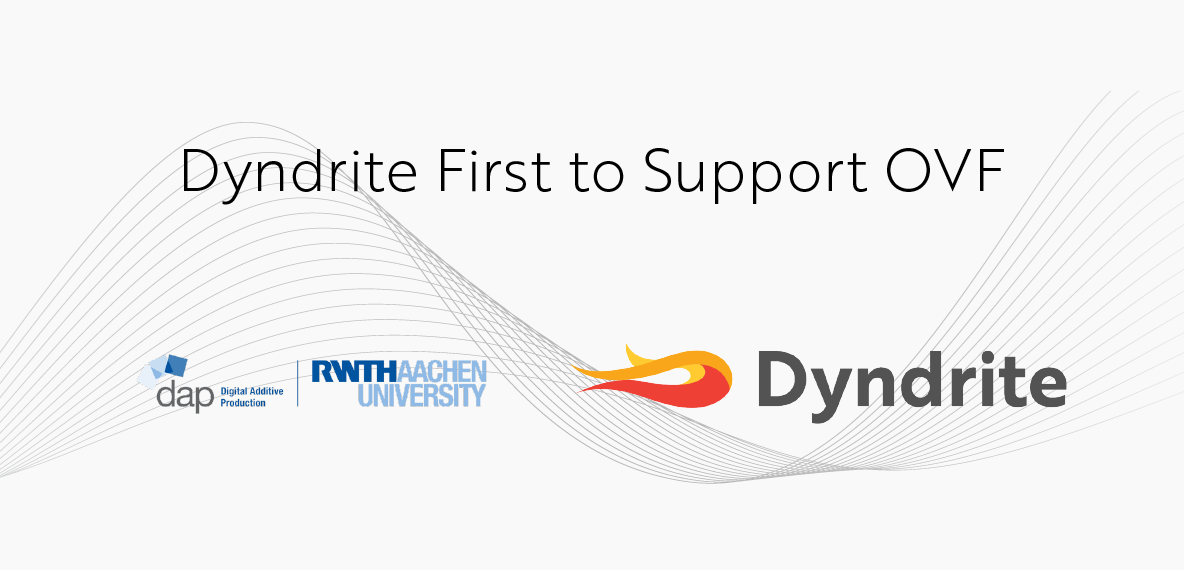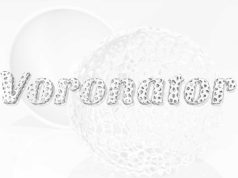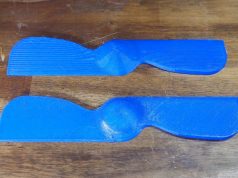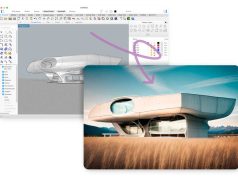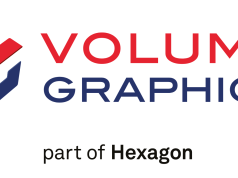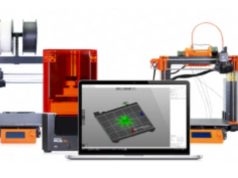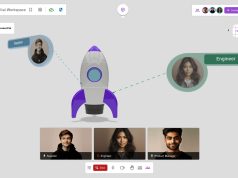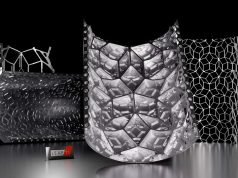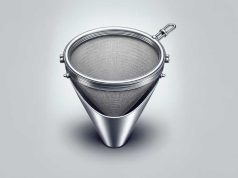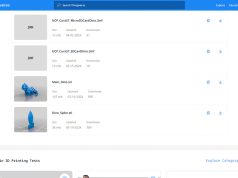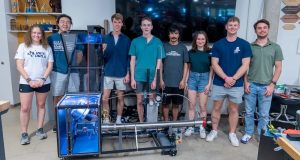Dyndrite, providers of the GPU-accelerated computation engine used to create next-generation digital manufacturing hardware and software, announced support for the new Open Vector Format (.ovf), developed by the RWTH Aachen University Chair Digital Additive Production DAP, within its Dyndrite Laser Powder Bed Fusion (LPBF) software. OVF provides a streamlined yet info-rich data link between the digital and physical process, enabling robust and efficient manufacturing processes and offers a number of advantages over existing formats, such as CLI and 3MF.
“We developed OVF because there was no satisfactory format for 2.5-dimensional data that was both open-readable and contained additional information besides the actual toolpath,” said Moritz Kolter, Group Manager Digital Production, RWTH Aachen University Chair Digital Additive Production DAP. “OVF however is able to process data after slicing in a performant, readable manner and is also able to link other information such as 3D part data or metadata. This is especially important in order to have a fully linked end-to-end data chain that will drive the industrialization of AM. For example, we use it for advanced production planning or part orientation algorithms to further promote the sustainable and efficient use of technologies such as LPBF.”
What is Open Vector Format (OVF)?
OVF is an open-source data format developed by scientists at RWTH Aachen University Chair Digital Additive Production DAP in cooperation with the Fraunhofer Institute for Laser Technology ILT. It is technically based on the widely used serialization technology Protocol Buffers (“Protobuf”) which handles the transfer of information from complex structured data objects into a byte stream. OVF provides an open, flexible format for controlling a laser in combination with a galvanometer scanner. It supports multi scanfield arrays as well as additional machine axis controls.
OVF offers compact binary storage of all data, as well as flexible forward and backward compatibility. It efficiently transports LPBF process-relevant metadata, such as the manufacturing parameters, laser power, and scanning speed, along the process chain.
OVF structures are flexible and can be extended to support the latest digital developments. A broad portfolio of tools such as converters for legacy formats, e.g. converting CLI to OVF files, or integrity check routines, e.g. checking whether contours are closed, parameters are assigned and layers are without gaps, are available on the OVF Github.
“Dyndrite’s core vision is to change how geometry is created, transformed and transmitted on a computer. The OVF format is a very logical step towards improving how complex structured toolpath data can be transmitted in a performant and compact way,” said Harshil Goel, CEO, Dyndrite. “Only through open source advances like OVF can additive manufacturing improve its adoption, democratization and industrialization rate”
“As we developed our internal metadata models to provide a rational and robust API to generate toolpath strategies for many different machine types, machine configurations, or specific component classes, we discovered that the OVF format was aligned with our intent to enable new parameter and exposure strategies using flexible, and user extensible data structures,” said Steve Walton, Head of Product at Dyndrite. “Further, the ability to stream this data format will enable the real time generation, transport, and modification of toolpaths from process sensors.”
OVF is one of the only formats that can receive the level of toolpath complexity, and flexibility, that Dyndrite provides. Partnering with Aachen to make these strategies available to the end user accelerates this availability, as most existing formats are optimized and generally restricted for the stock machine configuration and legacy toolpath approaches.
A standard format for the output data of the LPBF process currently does not exist. Instead, numerous formats, which are either proprietary or were developed for other production processes, are used. Accordingly, these disparate formats lack the relevant information for production using LPBF. Open Vector Format (OVF) solves this problem.
Dyndrite has incorporated OVF export directly within its ADK and LPBF products.
Find out more about Dyndrite at dyndrite.com.
For more information about the RWTH Aachen, please visit rwth-aachen.de.
Subscribe to our Newsletter
3DPResso is a weekly newsletter that links to the most exciting global stories from the 3D printing and additive manufacturing industry.



